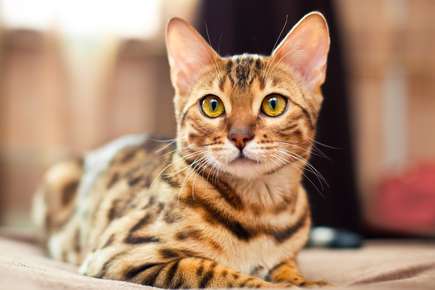The condition of your cat’s coat and skin is an important feline health indicator. Healthy coats are shiny and smooth, and healthy skin will be supple and clear. While nutrition and health status will influence a cat’s appearance, regular grooming also has an impact. At-home grooming care, including daily brushing, is an important part of feline wellness care.
While most cats are fastidious groomers and rarely require a bath, regular at home grooming, including daily brushing, is still important. Brushing is especially important for long-haired cats, which are more susceptible to tangles and matted fur. Daily brushing is the best way to remove loose hairs. Daily brushing will also help owners who suffer from allergies as regular grooming reduces the amount of hair and pet dander in the home. For people with mild cat allergies, daily brushing may sufficiently reduce airborne feline allergens, making it possible for these individuals to comfortably share a home with cats.
Regular brushing also helps to reduce the amount of hair that cats naturally swallow through self-grooming. This may reduce the quantity and severity of hairballs. If pet owners do choose to bathe their cats, choose shampoos that are specially formulated for felines. Older or obese pets with mobility restrictions may need additional grooming assistance, including at-home baths, if they are unable to fully groom themselves.
Nails should be checked during weekly grooming sessions and trimmed as needed. Cat nails grow differently than dog’s or people’s nails. Cats shed their nails like a reptile sheds its skin. As cats age, they use scratching posts less, and the nail caps can build up to the point where the nails curl around and penetrate the pads of the feet. Cat nail clippers can be used to trim nails and prevent this from happening.
During at-home grooming, pet owners should also perform a mini-physical on their cat, evaluating the cat’s skin and coat condition, feeling for any lumps and bumps, or noting any painful areas. While rubbing a cat’s head or scratching the chin, use the forefingers to gently raise the upper lips, checking for abnormal teeth or red gums. In addition to being a special bonding time for cats and their owners, a feline health assessment during grooming is critical for older cats who are masters at hiding the symptoms of illness. Early diagnosis of health problems starts with proactive at-home care.
Source:
Cornell Feline Health Center, “The Special Needs of the Senior Cat.”

